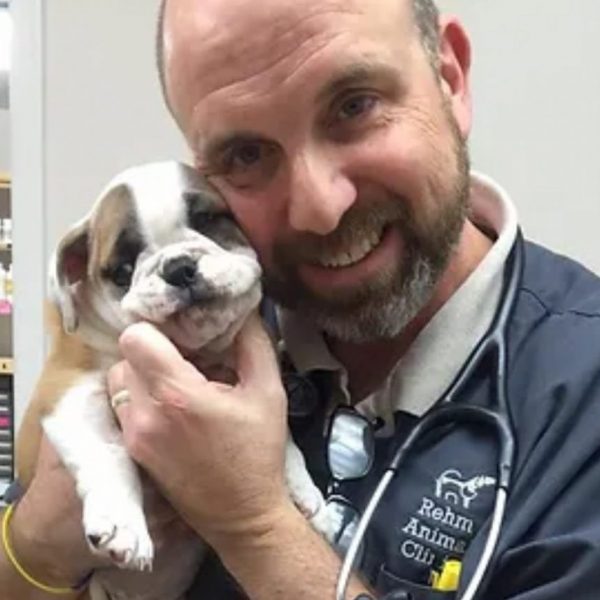With the heat of the summer in full swing, I thought it important to shine a light on a common problem in dogs this time of year, heatstroke.
Heatstroke occurs when a dog’s internal body temperature goes above normal (99-102°F), typically above 105°F. Since dogs cannot sweat, they dissipate heat through panting and vasodilation (blood vessels dilating to bring heated blood closer to the surface to cool). Heatstroke in dogs is life-threatening and can also result in very serious complications, especially for the gastrointestinal tract, kidneys, and brain. Recognizing early signs of heatstroke may help you remedy the condition before things get too serious.
Early signs of heatstroke include:
- heavy panting
- excessive drooling
- dry mucous membranes
- higher heart rate
- skin that’s hot to the touch
- bright red gums and tongue
- difficulty maintaining balance
As exposure to excessive heat goes on, the dog’s condition worsens and includes signs of shock:
- pale, white, or blue gums
- a very rapid heart rate
- a drop in blood pressure
- pupils dilate
- pulse becomes more irregular
- muscle tremors
- lethargic or unwilling to move
- urinate or defecate uncontrollably
- collapse
- comatose
Heatstroke will be more common in certain breeds, such as brachycephalic breeds (short nosed) and long-haired breeds. Dogs that are not accustomed to heat (majority of time indoors), overweight or out of shape dogs, and those with medical disorders will be more prone to heatstroke.
I recommend keeping a thermometer on hand for animal use. If you suspect your dog is having a heatstroke, take a rectal temperature. If overheated, bring your dog to a cool, well-ventilated area and sponge/spray with cool or tepid water. To avoid shock, do not submerge in cold water. You may also apply alcohol to the paw pads to assist in heat dissipation. Use a fan to blow air on them. If your pet’s temperature is over 105°, cool to 103°F and then stop active cooling to avoid the temperature dropping too quickly.
Prevention is the key to avoiding heatstroke. Always make sure your animal has access to fresh water and shade. If exercising with your dog, choose a time early in the morning or later in the evening and minimize the amount of time in extreme heat. Dogs will continue to play even as they overheat, so it is the job of the owner to monitor for signs of heat stress as your pet plays. Summer can be brutal, so stay safe and stay cool!
Dr. Kristin Teague at Jubilee Pet Hospital






